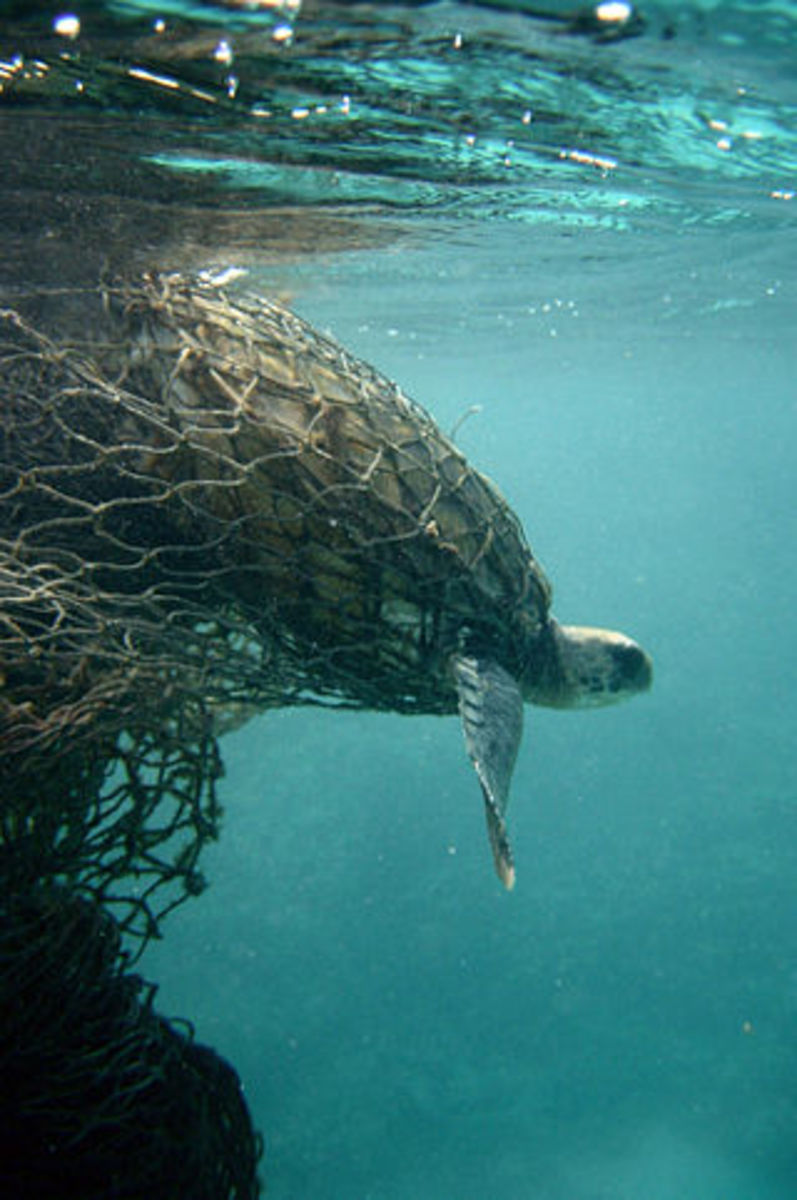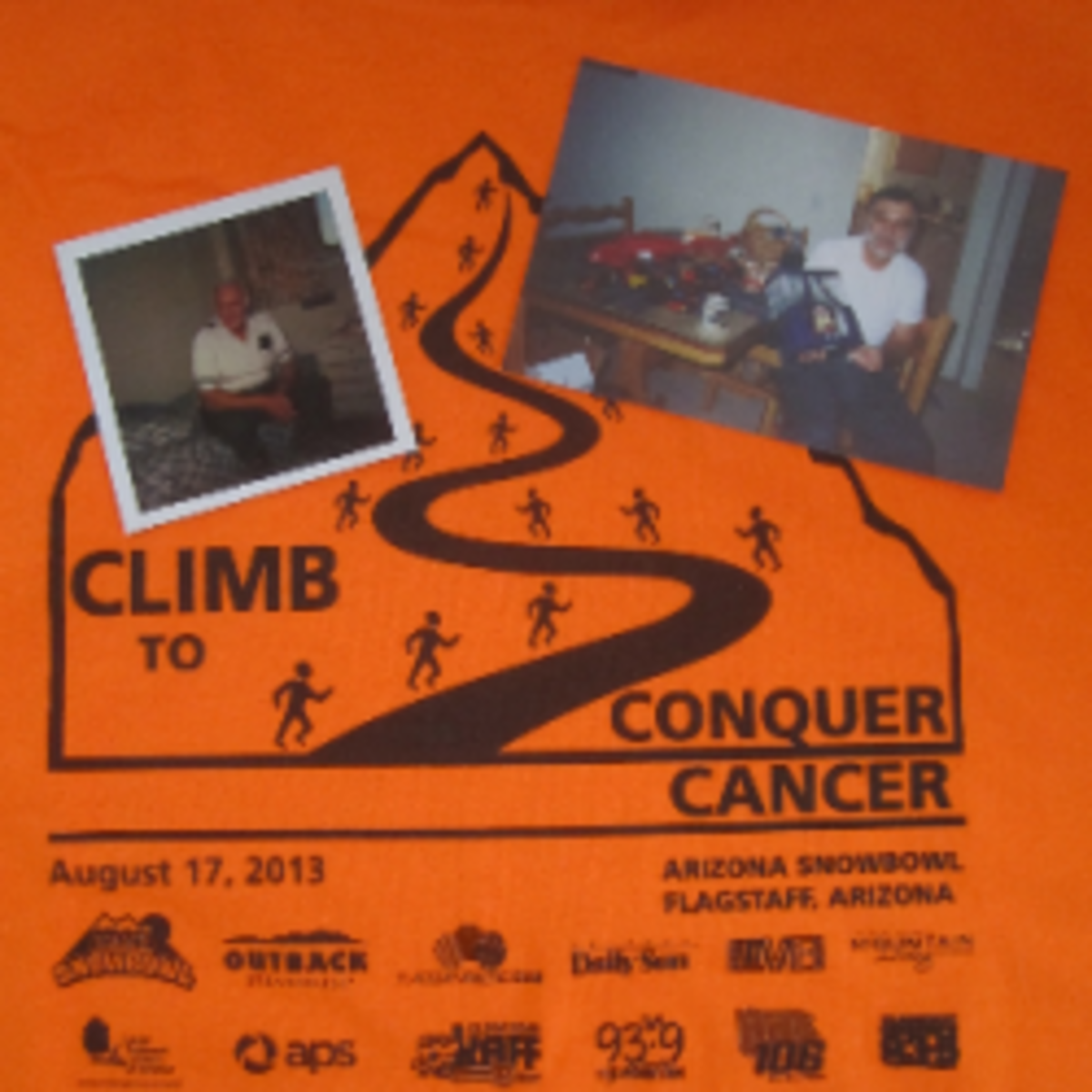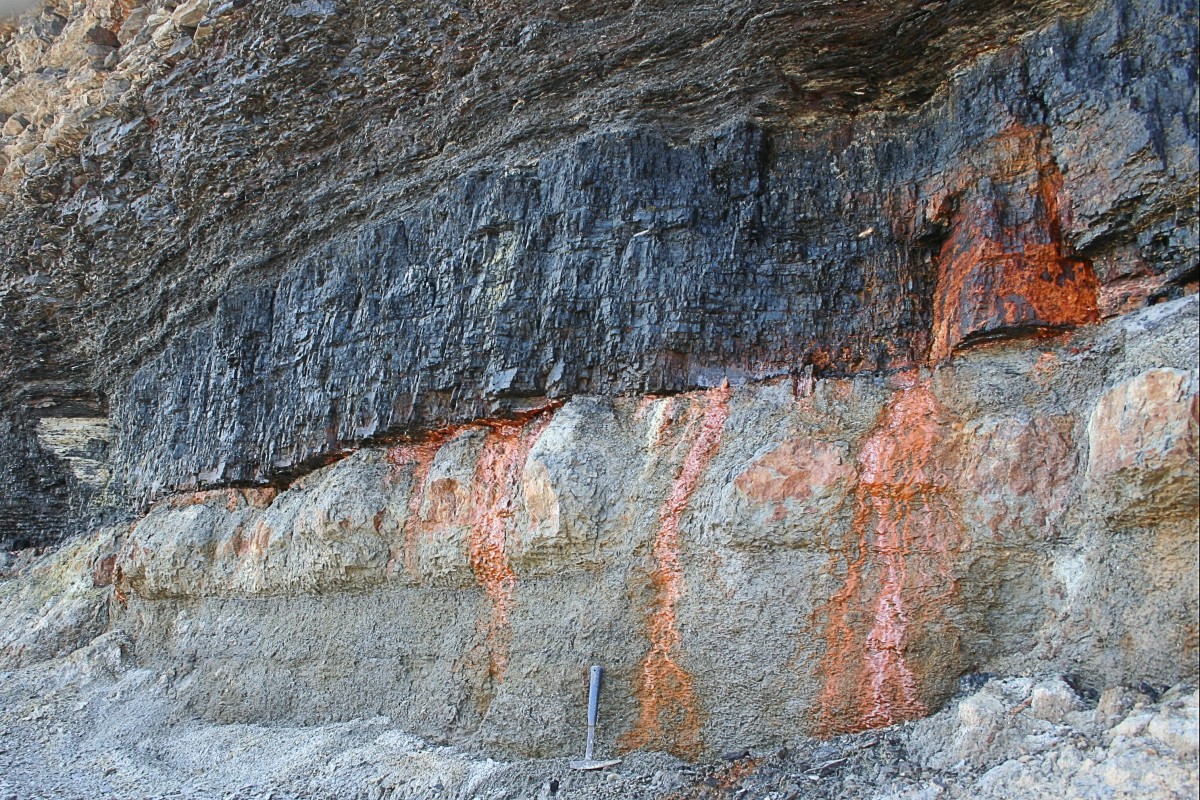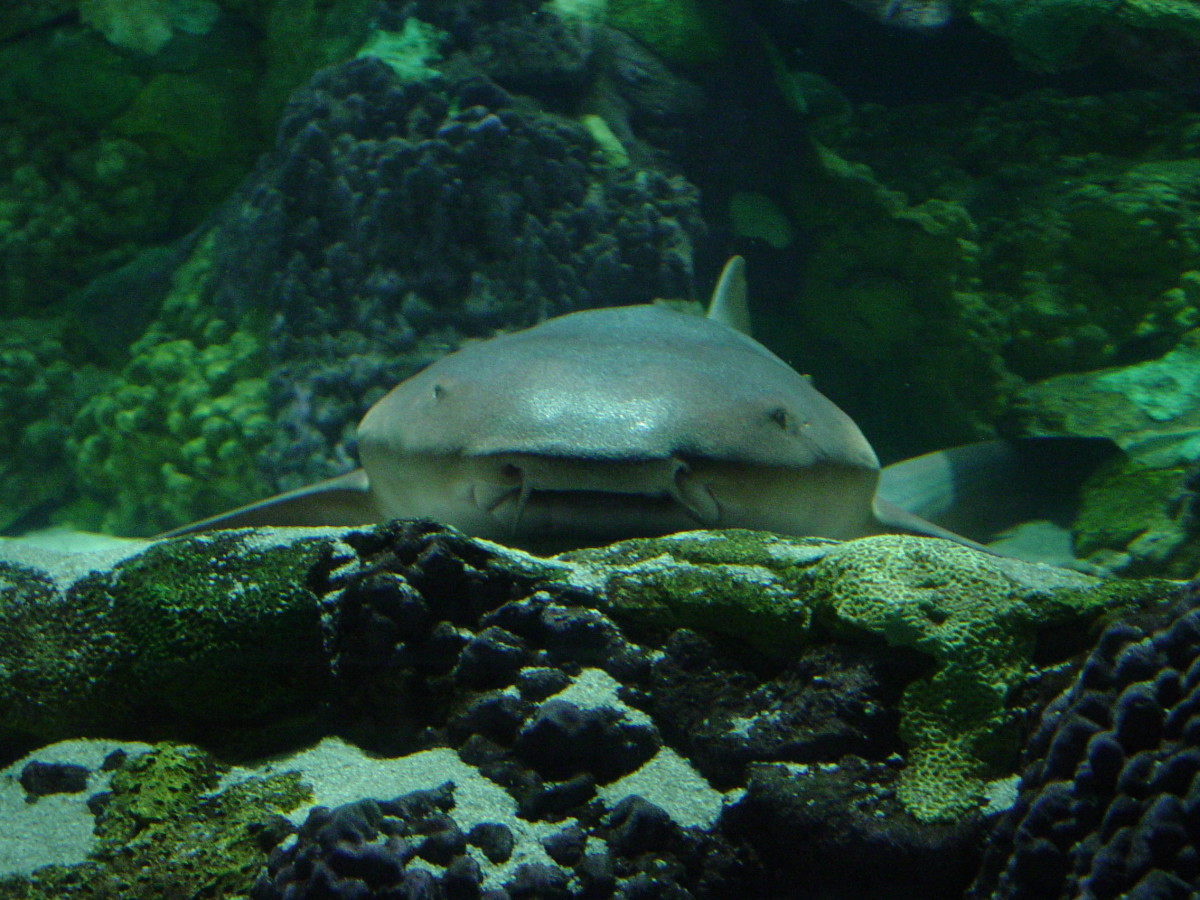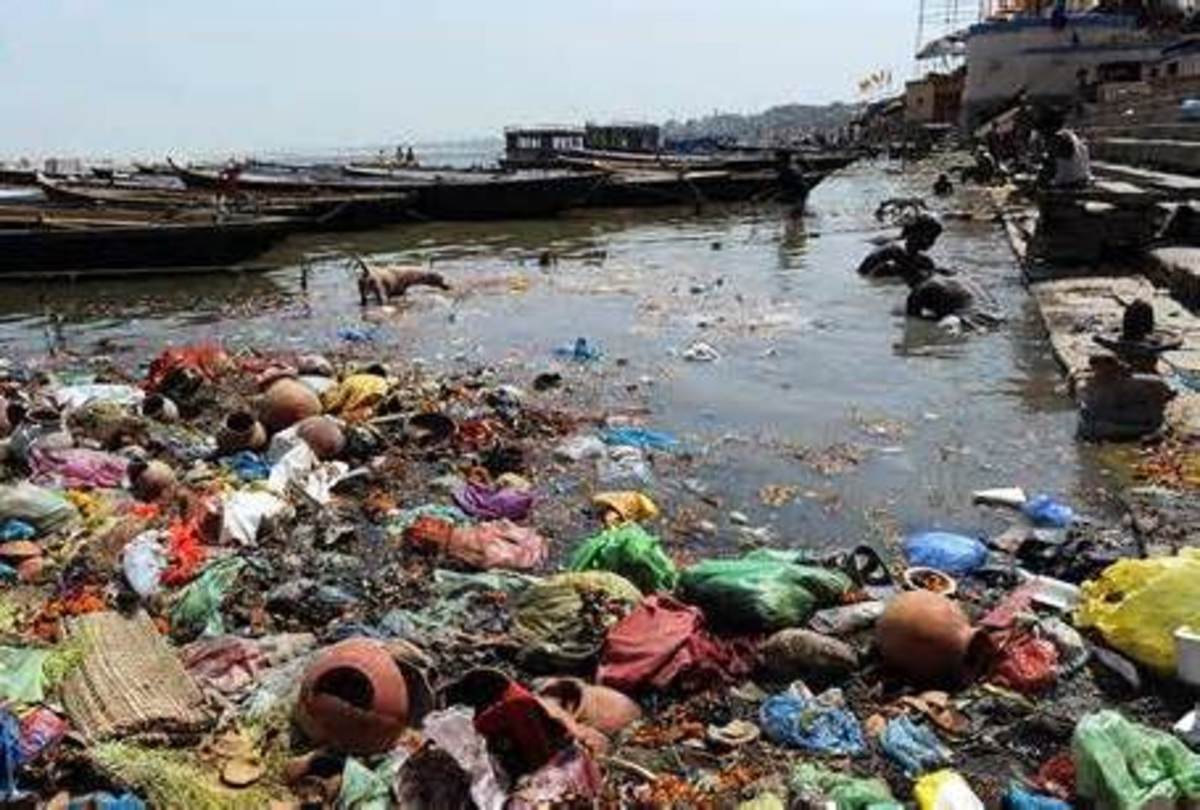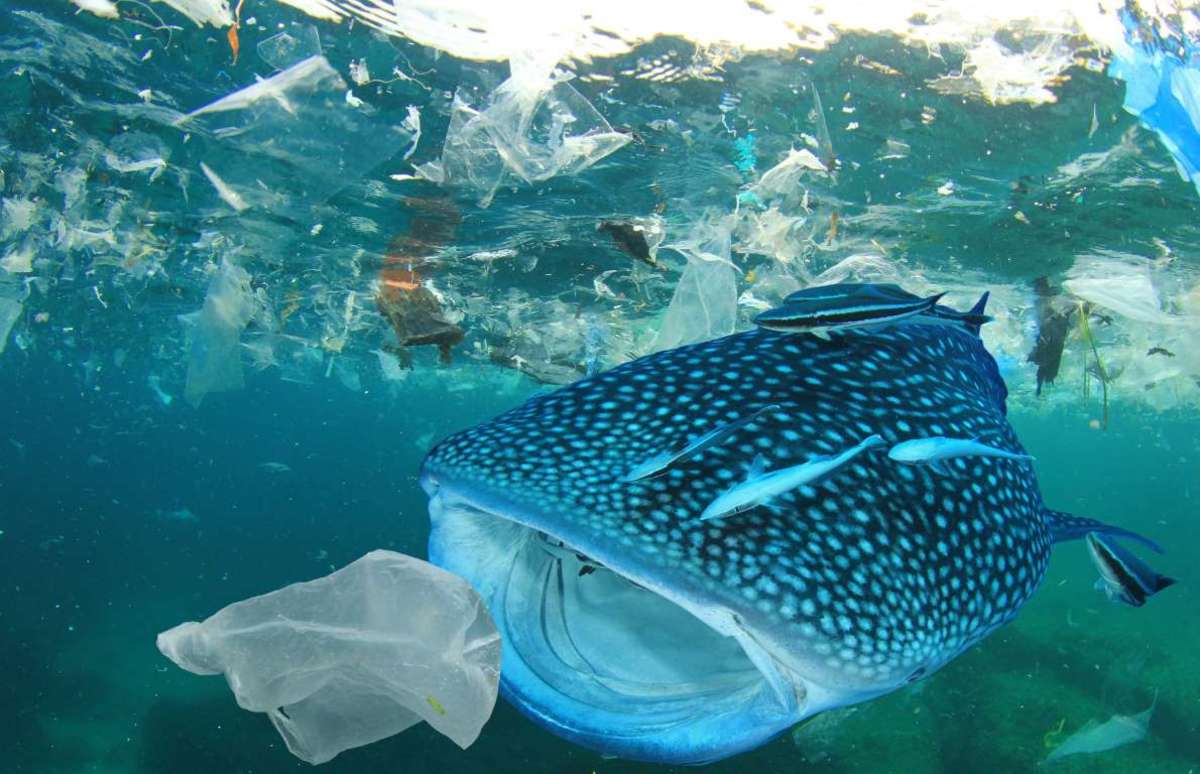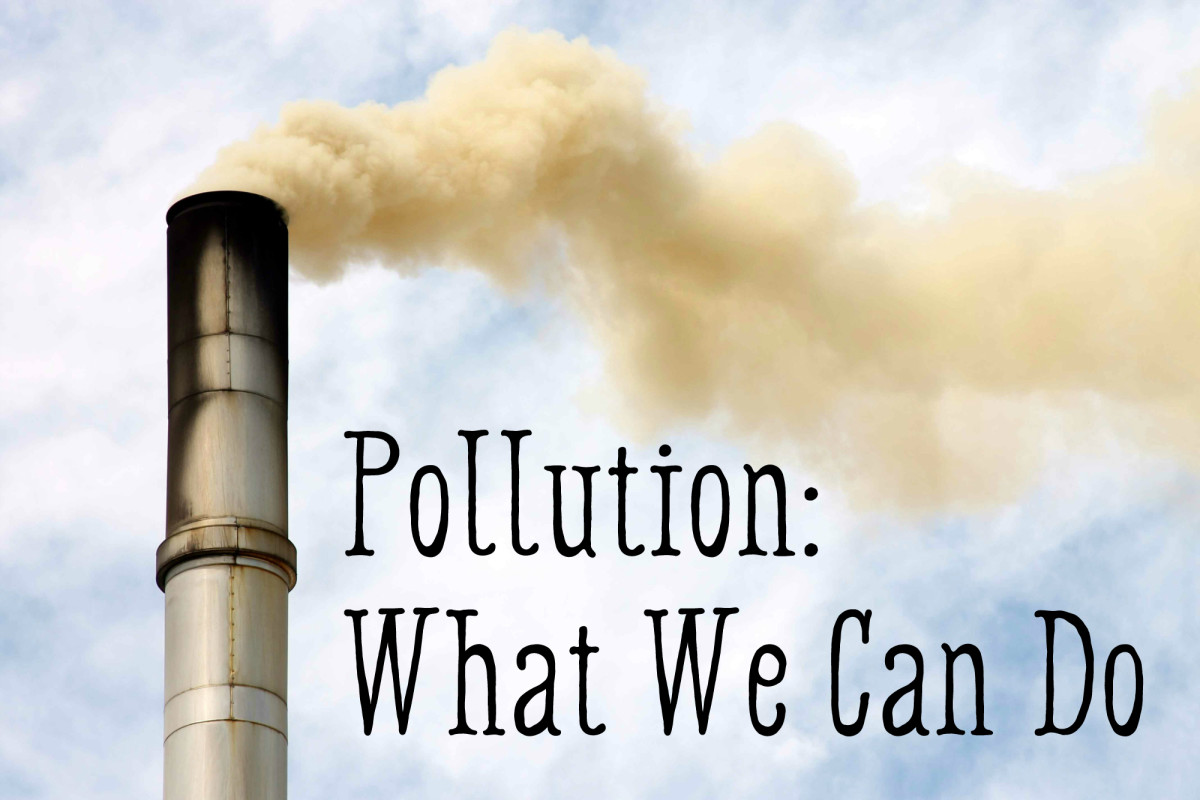The Biology Of Pollution
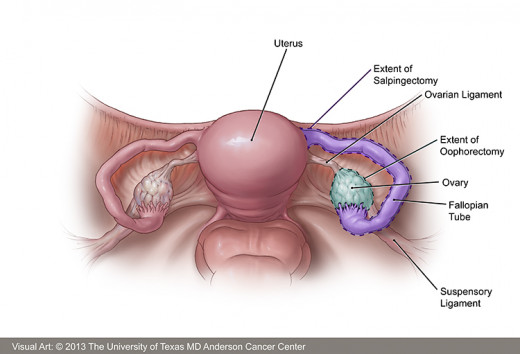
The Biology of Pollution: What Do We Know About Pesticides & Cancer?
The Biology of Pollution: What Do We Know About Pesticides & Cancer?
Biology Of Pollution
Several types of cancer have been noted to be linked to pesticides; however, according to Cancer Research UK, the evidence is not strong enough to reach positive answers regarding which pesticides have an effect and what risk of cancer they pose to individuals. These cancers include: “…malignant lymphoma STS, non-Hodgkin's lymphoma (NHL), leukemia, ovarian cancer and, less consistently, with cancers of the lung and breast” (NIH, 2007). Conversely, scientific studies regarding human exposure to pesticides have not been consistent.
There are a number of ways that laboratory animals and humans differ in the context of accuracy regarding lab studies linking cancer to pesticides. Unarguably, it would be entirely unethical to use humans as test subjects to acquire knowledge about the potential carcinogenic impact that pesticides have on individuals; however, it must also be acknowledged that male and female mice and rats will not yield complete and accurate results indicating the probable risks pesticides will have on individuals, either. There are several different reasons this is true.
Two paramount differences are that humans, mice and rats are not the same species, and laboratory animals are kept in control environments. These are significant variances in the laboratory animals and humans. The mice and rats’ atmosphere is controlled by the scientists. In a laboratory, researchers decide the potency of the carcinogenic chemical that the rats and mice are exposed to, and how long they are exposed to it. On the other hand, humans do not live in controlled environments. This is the reason that numerous variables must be considered. Short-term and long-term cancer research along with “mutagenicity studies, and structure activity concerns,” all must be contemplated when conducting a cancer risk assessment on the subject of human exposure to specific pesticides (EPA, Evaluating Pesticides for Carcinogenic Potential, 2012). These considerations have been coined by the EPA as the “weight-of-the-evidence” (EPA, Evaluating Pesticides for Carcinogenic Potential, 2012). Basically all valid research and information available may be considered (NIH, 2007). Valid data is just that. It is useable; however, there is not enough scientific data, qualitative or quantitative, about pesticides and humans’ risk to exposure.
Test Your Knowledge
view quiz statisticsPersistent Organic Pollutants (POPs)
Pesticides are not the only substances linked to cancer. Persistent organic pollutants (POPs) have been linked to cancer in humans, as well. Toxic chemicals such as aldrin, chlordane,dichlorodiphenyl trichloroethane (DDT),dieldrin,endrin,heptachlor,mirex, and toxaphene are intentionally produced (POPs), and hexachlorobenzene, polychlorinated biphenyls (PCBs), polychlorinated dibenzo-p-dioxins (dioxins),and polychlorinated dibenzofurans (furans) have been indirectly produced or “unintentionally produced” due to industrialization and combustion of chemical combinations present during production (EPA-Persistent Organic Pollutants, 2013).
A good question is: how widely are (POPs) used in society and the world, and what are the long-term and short-term effects globally? Unfortunately, for several different reasons the answers to these questions are not as clear-cut as the question is. Arguably, there is not a proper place to begin the explanation, but one could begin with the name Persistent Organic Pollutants and global industrialization which began in some parts of the world as early as the 1700s, yet continues in other areas of the world today, in 2014.
But, before delving further into industrialization, the phrase Persistent Organic Pollutants must be discussed. The word persistent is defined as, “…enduring tenaciously, continuing or permanent andhaving linkage to phylogenetic characteristics…” (Merriam Webster, 2013). Organic pollutants are organic compounds that have an incredibly long run time in the environment and harmfully effect human, fauna and flora, aquatic and basically all entities’ health by gaining entrance through food webs. (POPs) bio-accumulate and are then stored in the fatty tissues of species. Persistent Organic Pollutants then make their way up the food chain eventually reaching humans. According to the Gale Encyclopedia of Public Health, regarding short-term effects of (POPs), “low-dose, lifetime exposure studies are lacking.”
On the other hand, there is a heap of evidence regarding the long term effects of POPs. The information is so overwhelming and far reaching that in 2001 representatives worldwide participated in an international environmental conference in Sweden that resulted in the Stockholm Convention. The purpose of this international environmental law is to, “… to eliminate or restrict the production and use of persistent organic pollutants (POPs)” (Stockholm Convention, 2008).
It should be noted that there is some hostility among several of the signatories due to the status (developed, developing, or undeveloped) of different countries. The reason for this is that countries such as the United States utilized POPs, during industrialization, which aided in the rapid development of the nation, of course this was years ago when the effects of Persistent Organic Pollutants were unknown. However, developing countries view today's restriction of (POPs) as unfair. Nations such as the United States, Great Britain and other developed countries centuries ago utilized (POPs) to become advanced industrialized nations. These countries are actually the most responsible parties for the existence of Persistent Organic Pollutants in the environment today, which are transported by water and wind long distances and remain for an extraordinary period of time in the environment.
It is known that the long-term effects of (POPs) are quite serious because they are “trans-boundary travelers.” The fact that Persistent Organic Pollutants have been found in areas as far away and as untouched as the Arctic is telling. UNEP and AMAP expert groups had this to say about future impacts, “Significant climate-induced changes are foreseen in relation to future releases of POPs into the environment, their long-range transport and environmental fate, and human and environmental exposure, subsequently leading to higher health risks for both human populations and the environment” (Stockholm Convention-Predicting the Impacts, 2008).
What are the pollution levels in your zip code? Check here:
- MyEnvironment | US Environmental Protection Agency
This link allows anyone in the United States to check pollution levels in their community.
Take A Poll
I drink / use filtered water (include when cooking, too)
Industrialization
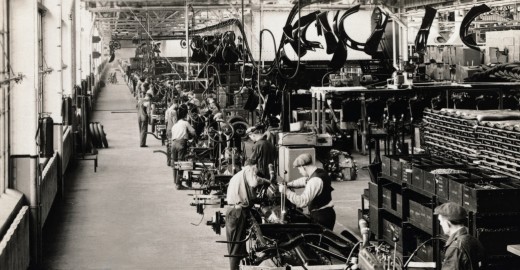
Directives
Regulations in place regarding carcinogenic potential to humans are based on lab studies and studies in people (American Cancer society, 2013). Lab studies are inconclusive since researches rely on data gathered through cell cultures and animals, which are not living humans. Moreover, scientists work in a controlled environment. An example of what occurs during lab studies consists of scientist taking an educated guess about the potential risk to humans. This is an accurate description because researchers compare similar characteristics of chemicals already studied, to characteristics of unstudied chemicals and then come to a conclusion (American Cancer Society, 2013). This leads an individual to ponder just how loose the regulations are surrounding human exposure to carcinogens.
Alternatively, studies in people cannot be controlled. It is true that each person is made up of his or her own DNA; however, one’s predisposition to his or her “genetic blueprint” can be heavily influence by outside factors. Human dynamics can be influenced by nutrition, “naturally occurring exposures” to transmittable agents, workplace environments, one’s household environment, and pollution (American Cancer society, 2013). National and International agencies regulate how carcinogens are classified.
There are five groups of carcinogens. They are:
-
Group 1: Carcinogenic to humans
-
Group 2A: Probably carcinogenic to humans
-
Group 2B: Possibly carcinogenic to humans
-
Group 3: Unclassifiable as to carcinogenicity in humans
-
Group 4: Probably not carcinogenic to humans (American Cancer Society, 2013)
Importantly, one should remember that many items available to the public do likely possess carcinogenic exposure potential. There is an enormous lack of research. A few over 100 carcinogens are listed under Group 1 above; however, this is due to an absence of research done on all chemicals.
The Dirty Dozen of Produce
What is the phrase the “dirty dozen of produce” entail? According to EWG, the dirty dozen are the twelve highest contaminated fruits and vegetables. The list for 2012 in numerical order is: apples, celery, sweet bell peppers, peaches, strawberries, imported nectarines, grapes, spinach, lettuce, cucumbers, domestic blueberries and potatoes (EWG, 2012). My family does consume items from this list such as celery, potatoes, green grapes and cucumbers at least twice a week. Armed with this knowledge, our family exercises educated buying behavior by purchasing these items organic.
Current regulations seem to be a bit lax, which is an uncomfortable situation when given much thought. But, as the EWG suggests instead having the mentality “out of sight out of mind” individuals need to become more informed about what they consume. GMOs and pesticides may not be entirely avoidable; however, globalization and the internet have made gaining knowledge about carcinogens available to the public. It is up to individuals to use the resources and make the changes if the government cannot or will not.
What Is Left
Answering the question of whether or not science will ever be able to prove that exposure to pesticides causes cancer, remains to be seen. Debatably, there is more than one reason for this. For example, humans, unlike lab animals do not live in a controlled environment. Next, scientists may know how one chemical reacts in the environment; however, there are tons of chemicals in the atmosphere and how they all react together is unknown. The suggestions are very strong linking pesticides to cancer, but without concrete proof action will be slow. Perhaps, in 100 years technology will be in place to answer this question, but only time will tell.
References
American Cancer Society. (2013). Known and Probable Human Carcinogens Introduction.
Dich, J., Zahm, SH., Hanberg, A. & Adami, HO. (1997) Pesticides and cancer.
EWG. (2012). EWG's 2012 Shopper's Guide to Pesticides in Produce.
Merriam-Webster. (2013). Definition of PERSISTENT.
National Institutes of Health. (2007). Organophosphorus poisoning (acute).
Stockholm Convention. (2008). In the Spot Light.
Stockholm Convention. (2008). Climate change and POPs: Predicting the Impacts.
United States EPA. (2012). Evaluating Pesticides for Carcinogenic Potential.
United States EPA. (2013). Substances and Toxics Science.
United States EPA. (2013). Pesticides and Consumers.
© 2014 Suzanl



